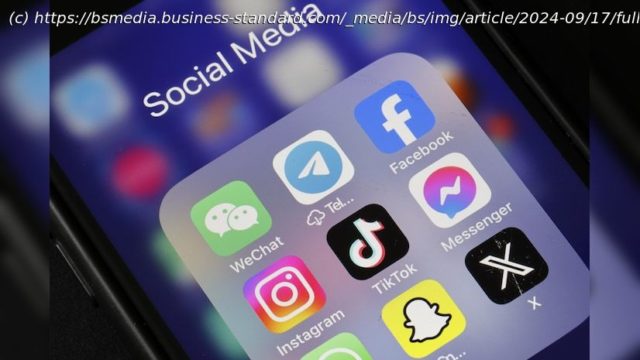But research has shown that age limits for social media aren’t the most effective way to protect teens from its potential harms
Australia is taking matters into its own hands. Prime Minister Anthony Albanese promised to introduce new laws that set age limits this year, saying that the government was considering a range between 14 and 16 for the cutoff. In a video posted on X for “the mums and dads,” Albanese said he wants children “off their devices and onto the footy field.” Surveys indicate most Australians support a social-media age limit, and the idea has broad political support.
But even Albanese acknowledges that they are still trying to figure out how this would actually work. The government doesn’t identify what social media platforms the youth ban would apply to (Can children message their parents on WhatsApp? Or watch Khan Academy’s Algebra tutorials on YouTube?). It also doesn’t offer specifics on enforcement (Big Brother-esque digital IDs? Further criminalizing children, this time for opening TikTok?). And in the absence of substantive policies, it’s hard not to see this as a soundbite-y proposal to signal concern to voting parents on a popular issue ahead of an election year — without actually accomplishing anything to keep children safe.
Thousands of miles away from Silicon Valley, Australia has been leading the charge in efforts to rein in the dominance of Big Tech. Separate proposed legislation aimed at cracking down on digital misinformation has even drawn ire from Elon Musk, who last week labeled the government “fascists.” (The government has sued Musk’s X, formerly known as Twitter, over a violent video of a terrorist attack but lost in court.) The nation has also been engaged in a years-long battle to force tech titans to pay for news content.






